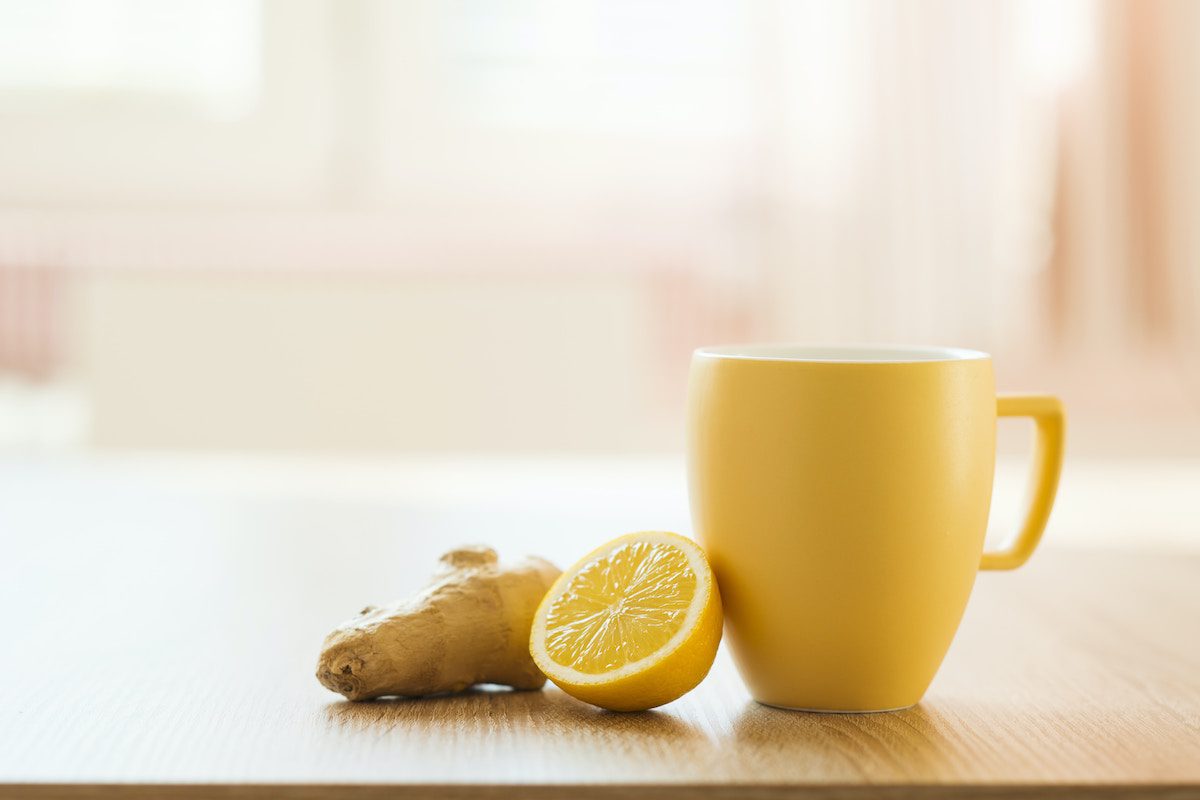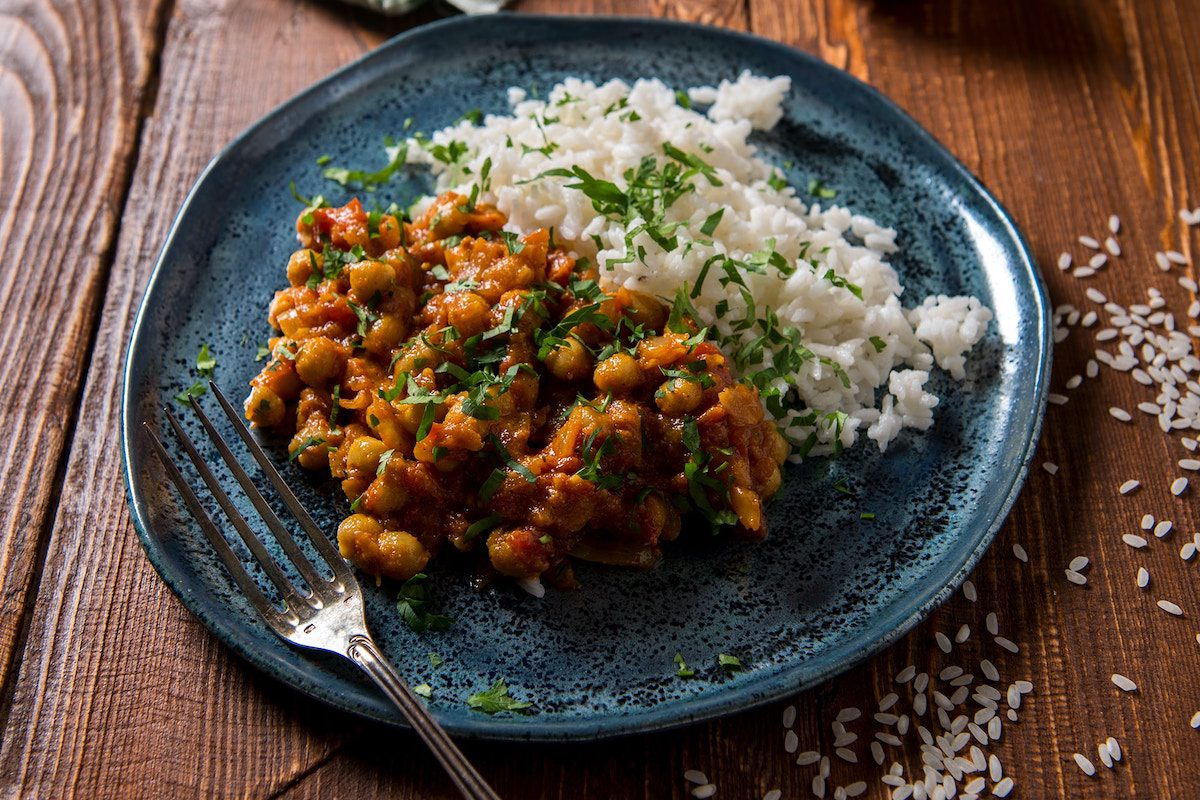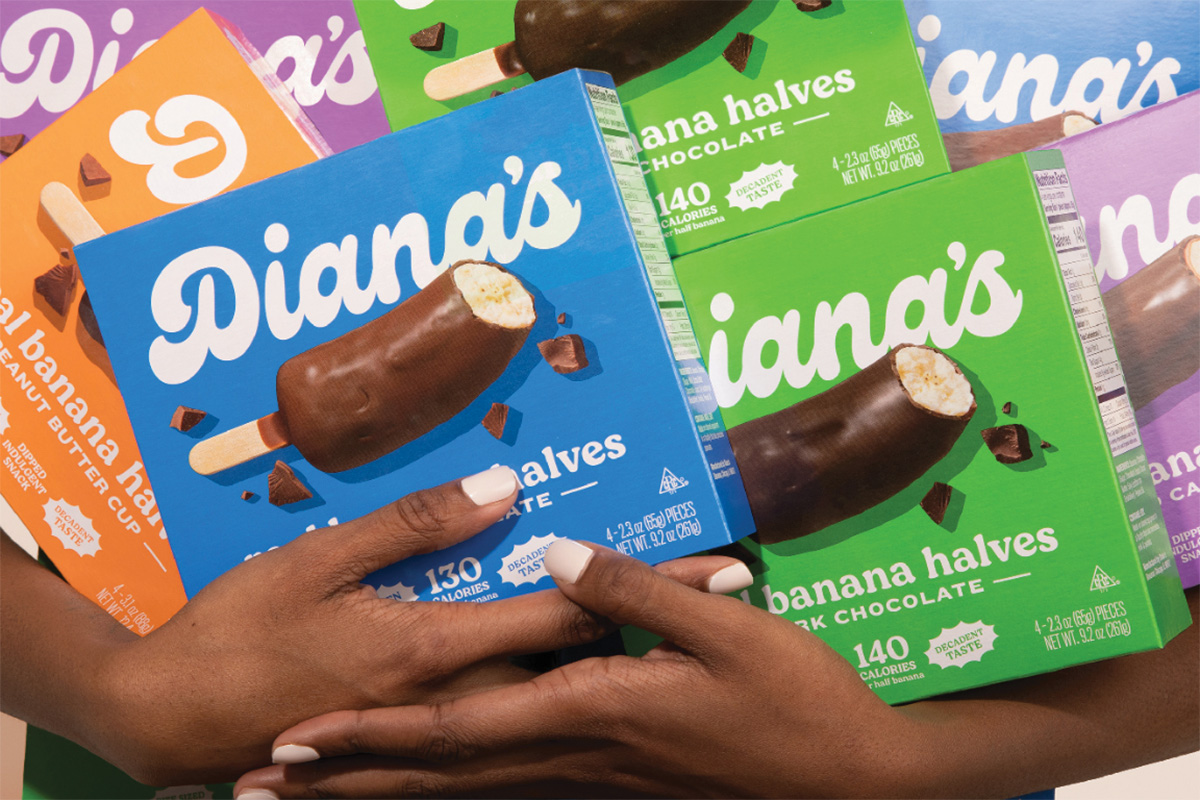Three “Healthy” Foods That Might Be Sabotaging Your Nutrition
In life, there are a few things you can’t unsee. A naked person you never wanted to see naked. A horrific black-and-white photo of the Teletubbies. The drunk octopus who wants to fight.
But the worst of all is the nutritional label on a food you previously thought was healthy. See also: me, outraged and disappointed standing in the granola aisle each week.

Turns out, just because something is labeled “healthy” or “low-fat” or “gluten-free” doesn’t mean it has a nutritional halo around it. And while I’m a big believer in the “everything in moderation” school of thought, I also believe in transparency: knowing exactly what you’re putting in your body and making informed decisions about your nutrition.
Unfortunately, the marketing guys at most food companies don’t always feel such responsibility, and the halo effect can lead to you accidentally sabotaging your healthy-eating goals. Keep a special eye on the nutritional label for these sneaky foods.
Fruit Juices and Smoothies
Trust me when I say there is nothing I enjoy more than a bougie smoothie from a hip, minimalist juice shop. I like feeling like a lady of luxury, okay?
But while you’re pondering your (inevitably overpriced) order, make sure you’re paying special attention to the ingredients list. Some shops will use frozen yogurt as a base, or add tons of sugary fruit cocktail as a sweetener.
But not you! You’re too smart for that. You’re looking for fruits, vegetables, and low-fat or nut milk. Take it easy on the sweeteners too, even natural ones like honey and agave; the fruit will probably be sweet enough without anything extra added.
When in doubt, take a picture of the smoothie that sounds the most delicious and try to recreate it yourself at home. If it’s pretty easy to do with things you can find in the produce section of your grocery store, then you’re probably good to enjoy.
Peanut Butter
“Wait,” you’re probably thinking, “that doesn’t make sense. I’ve done the research and nut butters are a great source of protein.”
Yeah, that’s true. The caveat: you’re looking for full-fat peanut butter where the only ingredient listed on the nutrition label is “peanuts.”
Like moths to a flame, shoppers are typically drawn to anything with “low-fat” on the label. However, peanuts are full of monounsaturated fats (the good ones), and when peanut butter companies reduce the amount of fat in the jar, they typically add tons of sugar to fill in the taste.
The result? Your PB may be low fat, but it has the same amount of calories AND more sugar than the full-fat variety.
Instead, treat yo’self to an all-natural, full-fat peanut butter (again, the only ingredient should be peanuts). Or, if you’re like me and physically incapable of leaving a jar of peanut butter alone, go for a powdered alternative like PB2.
Granola
Ah, granola. I can’t quit you. To me, there is nothing so decadent as crunchy clusters of dark chocolate granola. Plus, snacking on rolled oats, flax seeds, chia, and dried fruits seem to be straight out of a hippie handbook.
But (and I hate to be the one to say this), this deliciousness often comes at a high-calorie, high-sugar price. Granola is a product where you really have to be honest with yourself about the serving size that’s recommended versus the serving size you’re having; your morning bowl may be more like 2-3 servings of granola if you’re not vigilant.
My best advice? Keep a measuring cup in your granola box or bag to keep yourself honest. Look for granola varieties with high fiber and low sugar (Eat This has a ton of recommendations, and I recently fell head over heels for the Bunches of Crunches brand).
Or, to REALLY go the healthy route and know exactly what you’re putting in your body, make your own granola. It’s incredibly easy and completely customizable – just watch the oven to make sure nothing burns. Cookie and Kate is my go-to for trustworthy granola recipes.
Reading nutritional labels is your first defense, paying close attention to serving sizes, added sugars, and the ingredient list.
(Psst- like your granola with yogurt? Yogurt is another sneaky food with a health halo, but Ashley sums up what you should be looking for here)
These three foods are only the tip of the iceberg, but the main thing to keep in mind? Read the nutrition labels and ingredients; you want ingredients that you recognize and can pronounce, and without any of the alternative names for sugar (basically ending in an -ose). Google is your best friend in the grocery aisle. After all, the more informed you are about your nutrition, the better your body will feel at the end of the day.
What other foods do you flag as sneaky saboteurs? Any tips for scanning a nutritional label without crying?
2 thoughts on “Three “Healthy” Foods That Might Be Sabotaging Your Nutrition”
Comments are closed.













WHY DID YOU LINK THOSE TELETUBBIES MY NIGHTMARES WILL NEVER BE THE SAME
Well most recently I would say Coconut Oil… I think once it was given the term “Healthy Fat” people have gone overboard with adding it to everything. I use it to cook my eggs with to start with a high fat breakfast, but that’s about it.
But again with fruit. Sugar is sugar, and fruit has a lot of it. And with fruit, there is no nutrition label most of the time, so it’s not right in your face.
Also LOL at the first paragraph.